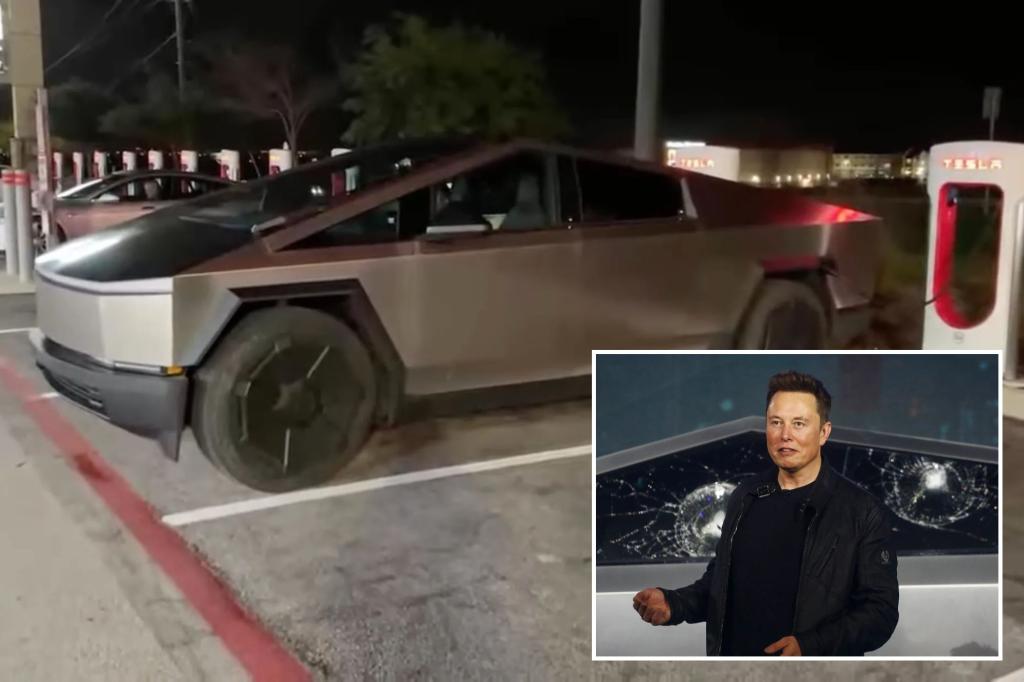Tesla Cybertruck gets less than 80% of advertised range in YouTuber’s test::A YouTuber took Tesla’s Cybertruck on a ride to see if it can actually hit its advertised 320-mile range, only to find out that its could only reach 79% of the target. When YouTuber Kyle Conn…



In traffic, the largest reduction of efficiency comes from accelerating and the braking. You use energy to start moving (proportional to m V^2) and then you dump that energy into heat in your brakes to stop. The second comes from idling where you use energy to keep the engine rotating. As others have mentioned, EVs use regenerative braking so a substantial portion of the energy used to slow and stop the car is used to recharge the battery. EVs have no need to keep an engine running so unless you’re running the a/c there are minimal demands on a stopped/idling EV.
On the highway, you have the internal friction in the drivetrain to overcome, the constant deformation of the tires, and - most importantly - wind resistance, which is proportional to cd x rho x V2.
Cd (drag) and rho (air density) are low, but that V (speed) squared means driving at 75mph incurs 25x the energy use as driving at 15 mph. An EV gets no sage harbor here - plowing through a fluid (air) is essentially the same work.
To give you a sense of numbers, my vehicle (F150) gets less than 10mpg the 5 miles to my local pool/gym. The speed limit is 25 mph but there are stop signs every block or two. Lots of braking loss. On back roads with gentle curves and a 45 mph limit I get close to 30 mpg. That’s the sweet spot between overcoming transmission friction and air resistance. On the highway at 60 mph I get 22-23 mpg. At 78-79 mph I get 19 mpg. These are all generally on flat stretches using the 6 min average on my dashboard.
(Sorry for the long post…I’m an engineer and mechanical efficiency and aerodynamics are my happy place)
Ah so actually it’s not that ICE vehicles are more efficient at highway speeds, it’s that they are just SO MUCH worse in city driving that it only seems that way.
Interesting, I never thought about it that way
Don’t be. I’m happy to learn.
Don’t apologise, this was a great post!